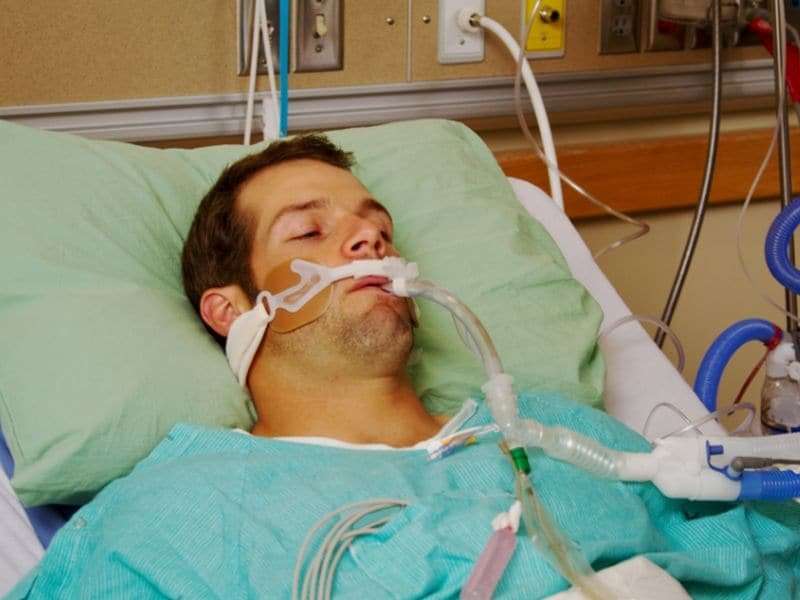Actigraphy may overestimate sleep in ICU setting

(HealthDay)—Using actigraphy as a measure of sleep, critically ill patients in the intensive care unit (ICU) show wide ranges of sleep quality and quantity, and actigraphy may estimate higher sleep durations than other measures, according to a review published in the September issue of the Annals of the American Thoracic Society.
Kristin E. Schwab, M.D., from the University of California in Los Angeles, and colleagues conducted a systematic review of ICU-based studies that used actigraphy as a surrogate measure of sleep in critically ill patients. Thirteen studies, conducted in 10 countries, met the inclusion criteria.
The researchers found that across the studies, the mean total sleep time, as estimated using actigraphy varied from 4.4 to 7.8 hours at nighttime and from 7.1 to 12.1 hours over a 24-hour period for ICU patients. There were 1.4 to 49.0 mean nocturnal awakenings and sleep efficiency ranged from 61 to 75 percent. Compared with other measures of sleep (polysomnography, nurse assessments, and patient questionnaires), higher total sleep time and sleep efficiency were consistently seen with actigraphy, as well as fewer nighttime awakenings, and more overall awakenings. The correlation between actigraphy-based measures of sleep and outcomes in the ICU was not assessed in any of the studies.
"Larger, more rigorous and standardized studies are needed to better understand the role of actigraphy in evaluating sleep and sleep-related outcomes in critically ill patients," the authors write.
More information: Abstract/Full Text (subscription or payment may be required)
Copyright © 2018 HealthDay. All rights reserved.


















